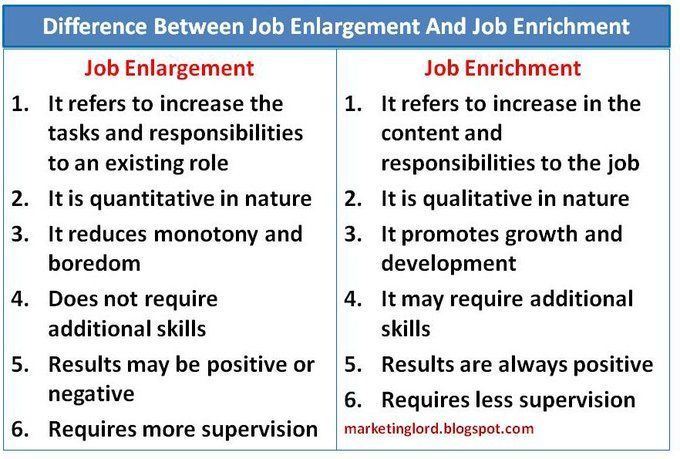What do you need to qualify for childcare assistance?
Enrolling your children in childcare doesn’t come without significant cost, but luckily there are several forms of childcare assistance available to help take the pressure off when it comes to childcare fees. But before you can receive childcare assistance, there are a few steps you need to take before you can qualify for the available payments.
Government childcare assistance
The Australian Government offers childcare assistance in the form of two main payments, the Child Care Subsidy (CCS) and the Additional Child Care Subsidy.
The CCS is the largest form of government childcare assistance and is intended to help families with the cost of childcare. This payment is paid directly to the childcare provider, who then passes the benefit onto the families in the form of reduced childcare fees.
The Additional Child Care Subsidy aims to provide families with extra help towards the cost of childcare. The Additional Child Care Subsidy comprises four forms of assistance that are available to those who already qualify for the CCS if they meet one of the following criteria:
- An eligible grandparent getting an income support payment,
- Transitioning from certain income support payments to work,
- Experiencing temporary financial hardship, or
- Caring for a child who is vulnerable or at risk of harm, abuse or neglect.
What you need to apply for childcare assistance
In order to qualify for childcare assistance and the CCS, you need to go through the following five steps.
1. Meet the eligibility requirements
The first step in applying for the CCS is to make sure you need the eligibility requirements.
Qualifying for the Child Care Subsidy
To get the CCS, you or your partner must:
- Care for your child at least 2 nights per fortnight or have 14% care,
- Be liable for fees for care provided at an approved child care service, and
- Meet the residence rules.
Further to this, your child must:
- Meet immunisation requirements, and
- Not be attending secondary school unless an exemption applies.
Once you’ve met the eligibility requirements for the CCS, you’ll then be assessed on the following criteria to determine how much you’re eligible for:
- Your family’s combined income,
- The hourly rate cap based on the type of approved child care you use and your child’s age,
- The hours of approved activity you and your partner do, and
- The number of children in your care.
You can use our Child Care Subsidy Calculator to estimate how much assistance you could claim and your potential out-of-pocket expenses. Otherwise, you can read our dedicated blogs on the CCS rates and how to calculate the CCS if you’d like to learn more.
Qualifying for the Additional Child Care Subsidy
Some families may also be eligible for extra assistance through the Additional Child Care Subsidy if they’re:
- A grandparent,
- Transitioning to work,
- Experiencing temporary financial hardship, or
- Caring for a child who is vulnerable or at risk of harm, abuse or neglect.
The Grandparent Subsidy is available to children’s grandparents who are eligible for the CCS and already receive an income support payment. To be eligible for this payment, you must also:
- Have 65% or more care of the child, and
- Be responsible for making the day-to-day decisions about the child’s care, welfare and development.
The Transition to Work Subsidy is available to parents who are looking for employment, studying, working or training. To receive this payment, your family’s combined income must be less than $72,466 and you must also be getting one of the following payments:
- Parenting Payment
- JobSeeker Payment
- Disability Support Pension
- Youth Allowance
- Carer Payment
- Special Benefit, if you aren’t eligible for JobSeeker Payment or Parenting Payment
- Austudy
- Farm Household Allowance, or
- A means-tested ABSTUDY payment
The Temporary Financial Hardship Subsidy is paid to those who are experiencing financial hardship and are struggling to pay their child’s childcare fees. To qualify you must:
- Have experienced temporary financial hardship due to an event that happened in the last 6 months, and
- Have a substantially reduced ability to pay childcare fees.
The Child Wellbeing Subsidy is available for up to six weeks and may be extended if your childcare provider feels like you still need to receive this payment. In order to qualify you must:
- Be eligible for Child Care Subsidy, and
- Care for a child who is vulnerable or at risk of harm, abuse or neglect.
2. Set up your online accounts
Once you’ve checked that you meet the eligibility criteria and the work and activity requirements, you’ll need to set up your myGov and Centrelink online accounts and link them before you can submit a claim.
You can create a myGov account online with your email address. If you’ve claimed a Centrelink payment in the past, you can use your Customer Reference Number (CRN) to link your Centrelink account. If you don’t know your CRN or you’ve never claimed a Centrelink payment before, you’ll need to prove your identity online via myGov.
3. Submit a claim
Once you’ve got your myGov and Centrelink accounts set up and linked, you’re ready to start your claim. You’ll need to apply for assistance through your Centrelink account. You’ll be asked a series of questions to determine whether you meet the eligibility requirements.
Once you’ve answered these questions, you’ll need to confirm your basic details, tell Centrelink about your current circumstances and provide information about your finances. This will help to determine how much assistance you’re eligible for.
In the case of the Child Wellbeing Subsidy, the childcare provider will apply for assistance on your behalf. If you feel that you would benefit from this payment, reach out to your provider for additional support or to apply for the subsidy.
Get childcare and parenting news straight to your inbox
4. Provide supporting documents
Before you can submit your claim, you may be required to provide documents that support your claim. The documents you need to submit will depend on your individual circumstances, so Centrelink will let you know what you need to provide. Common documentation includes things like your bank account details, visa information if you’ve lived outside of Australia and employment or study information.
If you don’t have these documents on hand to submit straight away, you have up to 14 days to submit them after which your claim may be rejected. With this in mind, the sooner you submit all of the documents and information, the sooner Centrelink can process your claim.
5. Enrol your child in childcare
The final step before your CCS can be paid is to confirm your child’s enrollment details through your Centrelink account. If you already enrolled your child in childcare before applying for the CCS, you may have already confirmed their details as part of your claim. If not, you’ll need to confirm them online.
Your childcare provider will submit your child’s enrollment details to Centrelink. It’s then up to you to check that the details match the Complying Written Arrangement (CWA), which is provided by the childcare service. If the details don’t match, chat with your childcare provider so they can update them on their end.
Once you’ve got everything you need to submit a claim, you’ll be provided with a CCS assessment notice that details the outcome of your CCS claim. This will tell you whether or not you’ve qualified for childcare assistance and how much you will receive.
Source: https://www.careforkids.com.au/blog/what-do-you-need-to-qualify-for-childcare-assistance-


